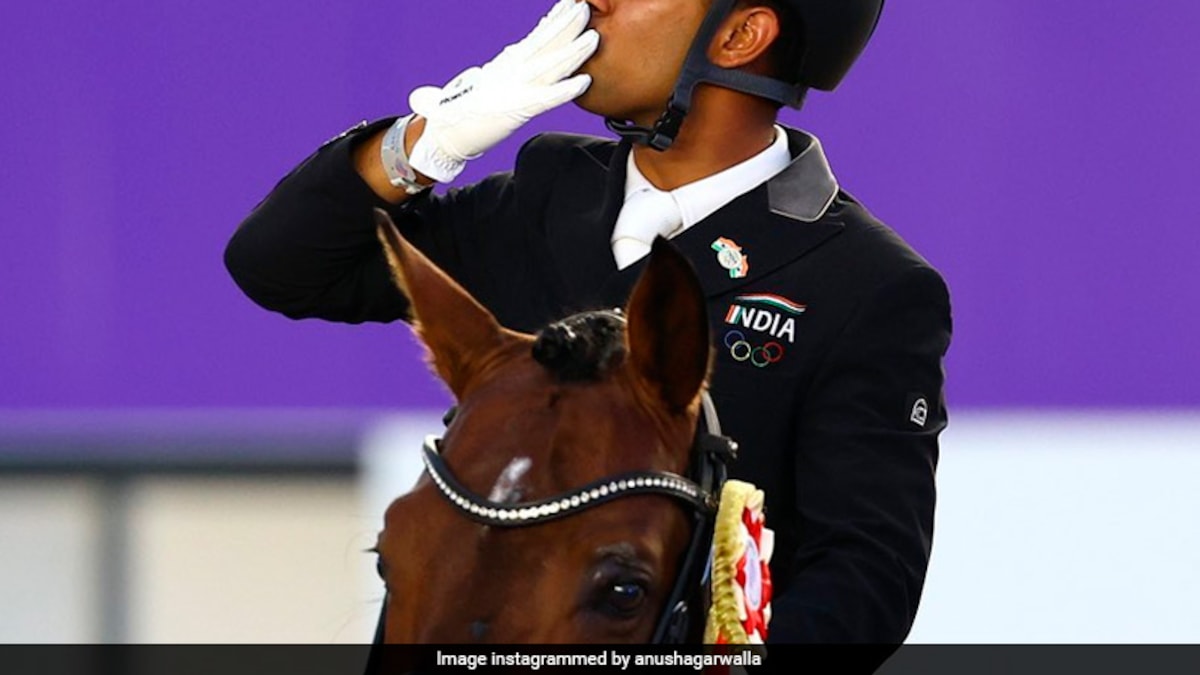
Asian Games medallist Anush Agarwalla has secured a Paris Olympics quota for the country in dressage discipline, the Equestrian Federation of India (EFI) announced on Monday. Agarwalla, who won a historic individual dressage bronze in the Hangzhou Asian Games last year, was allotted the quota on the basis of his performance in four FEI events — Wroclaw, Poland (73.485%), Kronenberg, Netherlands (74.4%), Frankfurt, Germany (72.9%) and Mechelen, Belgium (74.2%).
The quota belongs to the country, and the EFI will conduct a final trial to select the Indian entry in the Paris Olympics.
“I am very proud and grateful to have been successful for securing a berth for India at the Paris Olympic Games. Competing in the Olympics has always been a childhood dream for me and I’m proud to be part of this historical moment for the nation,” the 24-year-old Agarwalla said in a release.
The young rider hoped that he will be able to retain the quota.
“I will continue doing what I have always been doing: staying focused, being disciplined, working hard, setting goals and achieving them. I am confident that I will be selected to represent India at this prestigious stage,” Agarwalla said.
EFI Secretary General Col Jaiveer Singh congratulated Agarwalla on his feat.
Darya Singh (1980 Moscow), Indrajit Lamba (1996 Atlanta), Imtiaaz Anees (2000 Sydney) and Fouaad Mirza (2022 Tokyo) had represented India at the Olympics.
In the dressage event, the rider-horse combo performs in an arena of 20m x 60m, bordered by a low rail which the horse must stay within. The arena has 12 lettered markers placed symmetrically indicating where the movements are to start and where the changes to pace are to occur and where the movements will end.
There are seven stages — preliminary, elementary, medium, advanced medium, advanced, Prix St George and Intermediate-I. The scoring is done on scale of 1 to 10 where 1 indicates very bad and 10 excellent. PTI PDS PDS ATK ATK
Topics mentioned in this article




